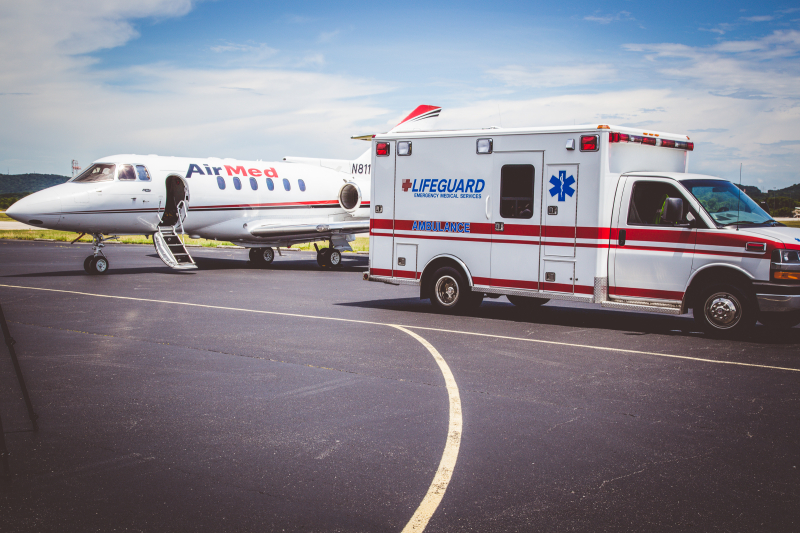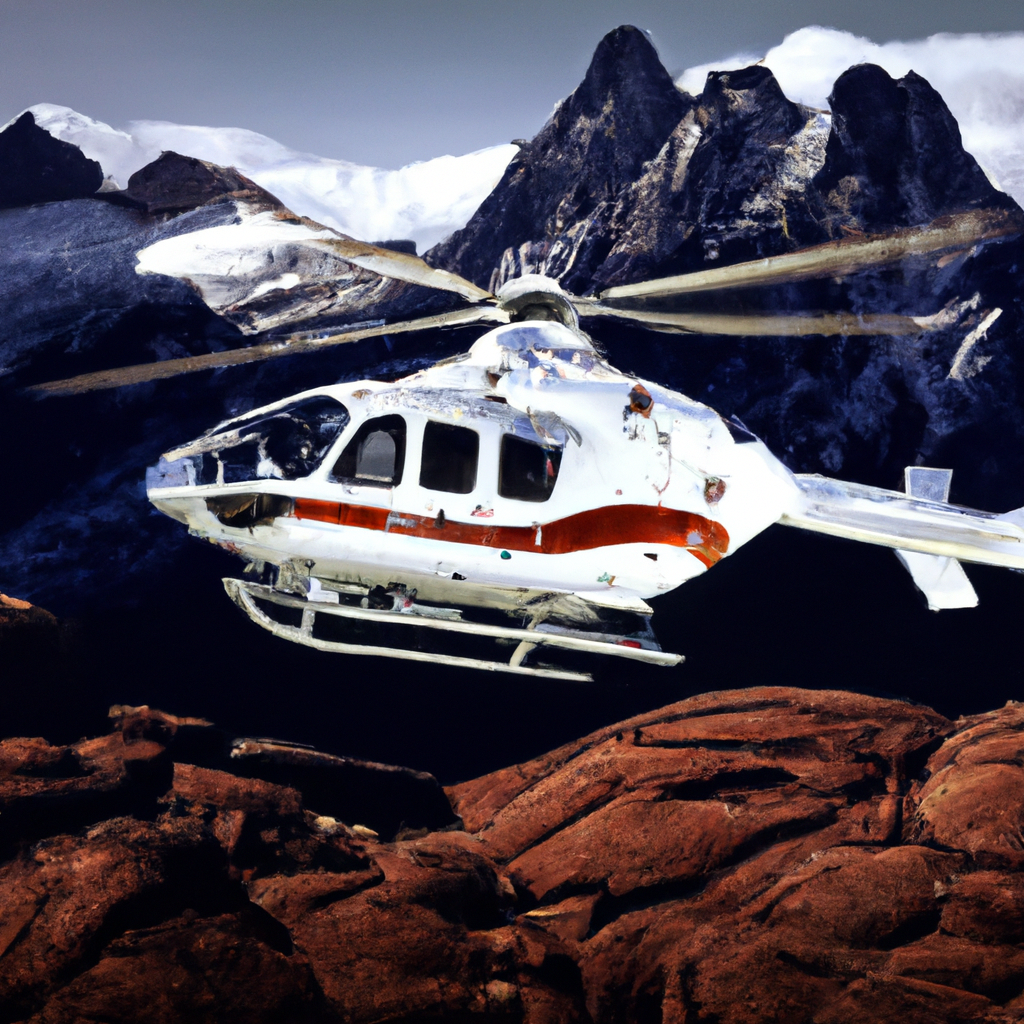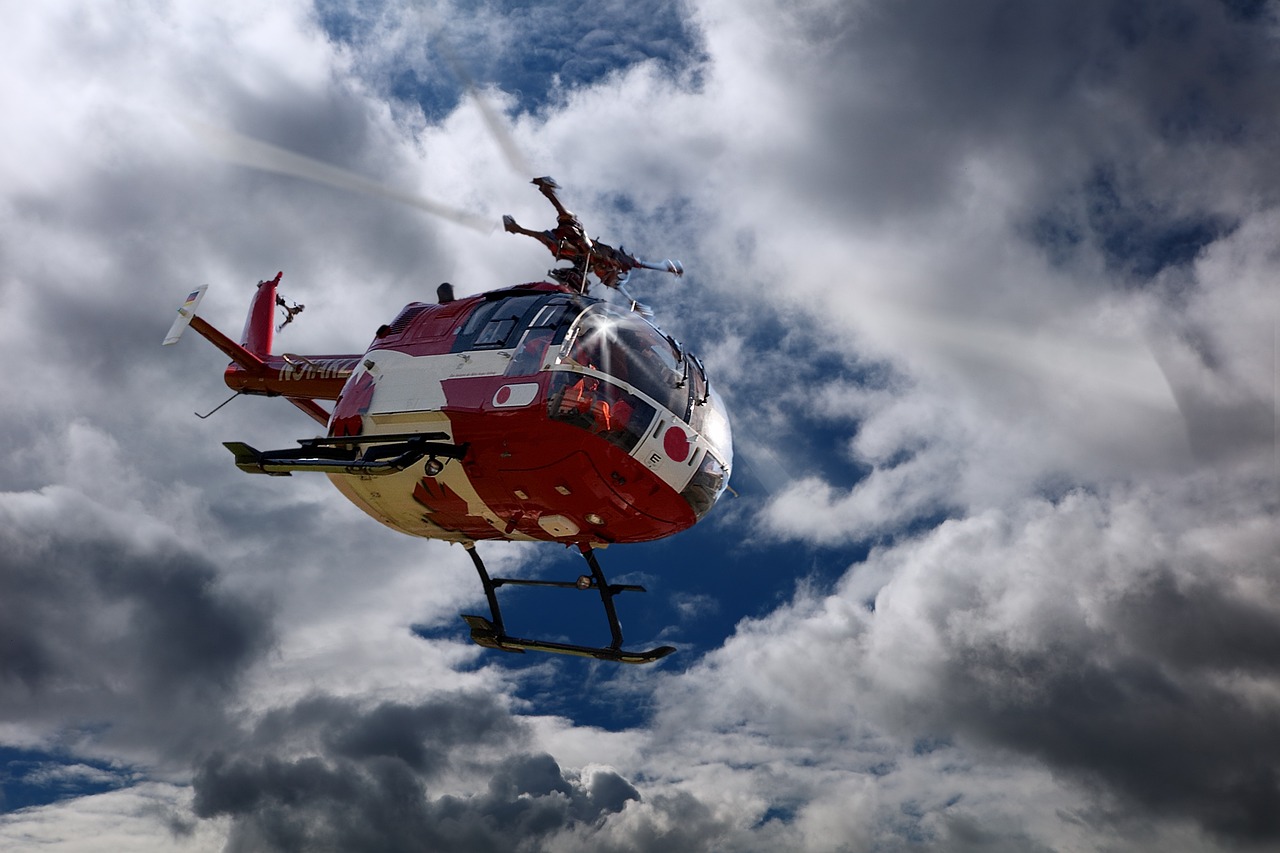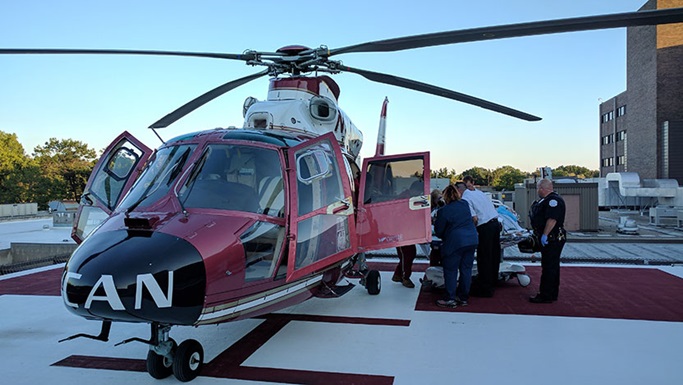So you’ve recently found yourself in a situation where your beloved pet is in need of emergency veterinary care, and you’re wondering how to get them to the nearest animal hospital as quickly as possible. Well, look no further because we’re here to talk about air ambulance services for veterinary emergencies! When it comes to getting your furry friend the urgent medical attention they need, sometimes traditional ground transportation just won’t cut it. That’s where air ambulances come in, swooping in to provide speedy and efficient transport for pets in critical condition. In this blog post, we’ll dive into the world of air ambulance services for veterinary emergencies, exploring how they work, when they’re necessary, and what you need to know if the time ever comes for your precious companion. So, grab a cup of coffee and get ready to learn all about this fascinating topic!

Understanding Air Ambulance Services for Veterinary Emergencies
Air ambulance services for veterinary emergencies are a crucial component of animal healthcare. Just like humans, animals can also experience life-threatening emergencies that require immediate medical attention. In some cases, ground transportation may not be fast enough to provide the necessary care, which is where air ambulances play a vital role. These services ensure that animals receive prompt and specialized care, especially in remote areas or during natural disasters when regular transportation may be compromised.
Why Air Ambulance Services for Veterinary Emergencies are Important
The importance of air ambulance services for veterinary emergencies cannot be understated. In many cases, time is of the essence when it comes to saving an animal’s life. Whether it’s due to a severe injury, a critical illness, or the need for urgent medical intervention, air ambulances can significantly reduce response time and provide timely medical assistance. This quick response can mean the difference between life and death for our beloved animal companions.
The Role of Air Ambulance in Animal Emergency Care
Air ambulances play a crucial role in providing emergency care to animals. They are equipped with specialized medical equipment, trained veterinary professionals, and the ability to transport animals safely and comfortably. Whether it’s a small domestic pet or a large farm animal, air ambulances can cater to the specific needs of each patient. These services ensure that animals have access to timely and expert medical care, increasing their chances of survival and recovery.
The Benefits of Air Ambulance Services for Veterinary Emergencies
Faster Response Time
One of the significant benefits of air ambulance services for veterinary emergencies is the ability to provide a faster response time. Unlike ground transportation, which can be subject to traffic, roadblocks, or distance limitations, air ambulances can swiftly reach remote locations or areas with limited accessibility. This speed can be critical in emergency situations where every minute counts.
Access to Specialized Care
Air ambulances are equipped with the necessary medical equipment and trained veterinary professionals to provide specialized care to animals during emergencies. These professionals are well-versed in handling critical situations and can administer life-saving treatments and interventions. With access to specialized care, animals have a higher chance of receiving appropriate and tailored treatment, improving their overall prognosis.
Ability to Transport Large Animals
Unlike traditional ambulances, air ambulances have the capacity to transport large and heavy animals. From horses and cows to elephants and other wildlife, these services can accommodate the unique needs of different animal species. This capability ensures that animals of all sizes can receive the necessary medical attention, regardless of their location or transportation challenges.
Emergency Transport of Critical Patients
Air ambulances are specifically designed to safely transport critically ill or injured animals in an emergency. They have the necessary equipment to stabilize patients during transport, including oxygen tanks, intravenous fluids, and monitoring devices. This enables immediate medical intervention and ongoing care throughout the journey, ensuring the best possible outcome for the animal.
Choosing the Right Air Ambulance Provider for Veterinary Emergencies
When it comes to choosing the right air ambulance provider for veterinary emergencies, there are several factors to consider. It’s important to select a reputable and experienced provider that can meet the specific needs of your animal. Here are some key considerations:
Accreditation and Experience
Ensure that the air ambulance provider is accredited and has a proven track record in providing veterinary air transportation services. Look for certifications from reputable organizations such as the Commission on Accreditation of Medical Transport Systems (CAMTS) or the National Association of Veterinary Technicians in America (NAVTA). Experience in handling veterinary emergencies is crucial to ensure the safety and well-being of your animal.
Availability of Veterinary Specialists
Check if the air ambulance provider has access to veterinary specialists who can provide expert care during the transfer. Depending on the condition of your animal, specialized medical expertise may be required to ensure proper treatment and monitoring. Having qualified professionals on board enhances the level of care provided during the journey.
Safety Measures and Pre-flight Preparations
Safety is paramount when it comes to air transportation for animals. Inquire about the safety measures and protocols followed by the air ambulance provider. This includes proper handling and restraint techniques, appropriate sedation if necessary, and strict adherence to aviation safety regulations. Additionally, ask about pre-flight preparations, such as weather checks, flight planning, and emergency contingencies.
Ability to Handle Specialized Needs
Each animal may have unique requirements during transportation, including specific medical conditions, mobility limitations, or specialized equipment needs. Ensure that the air ambulance provider can accommodate these specialized needs and has the necessary equipment and expertise to provide appropriate care.
Preparing for an Air Ambulance Service for Veterinary Emergencies
Preparing for an air ambulance service for veterinary emergencies involves several important steps to ensure a smooth and safe transfer for your animal. Here’s what you need to do:
Contacting the Air Ambulance Provider
As soon as you recognize the need for air ambulance services, contact the provider that offers these services for veterinary emergencies. Provide all necessary details regarding the nature of the emergency, the location of the animal, and any specific requirements. The air ambulance provider will guide you through the process and provide further instructions.
Providing Necessary Information
Be prepared to provide comprehensive information about your animal’s medical history, current condition, and any ongoing treatments or medications. This will help the air ambulance team understand the animal’s needs better and make appropriate preparations for the transfer. Providing accurate and up-to-date information is crucial for ensuring the best possible care during the journey.
Ensuring Animal Comfort
During the preparation phase, take steps to ensure the comfort of your animal during the air ambulance transfer. This may include providing familiar bedding, toys, or comfort items that can help reduce stress or anxiety. Depending on the animal’s condition, the veterinarian may recommend appropriate sedation or pain management medications to ensure their comfort and well-being throughout the journey.

What to Expect During an Air Ambulance Transfer for Veterinary Emergencies
During an air ambulance transfer for veterinary emergencies, several key stages are involved to ensure the safe and efficient transportation of the animal. Here’s a breakdown of what to expect during the process:
Pre-flight Assessment and Stabilization
Before takeoff, the animal will undergo a thorough assessment by the veterinary team. This assessment includes vital sign monitoring, administration of necessary medications, and any required stabilizing treatments. The goal is to ensure that the animal is stable and ready for transport before boarding the aircraft. This stage is crucial for ensuring the animal’s well-being during the flight.
In-flight Care and Monitoring
Once in the air, the veterinary team will continue to monitor the animal’s vital signs, administer necessary medications, and provide any required treatments. The aircraft’s specialized equipment allows for continuous monitoring of the animal’s condition, ensuring that any changes or emergencies can be addressed promptly. The veterinary team will also provide comfort measures and reassurance to minimize stress and anxiety during the flight.
Smooth Landing and Transition to Ground Transport
Upon arrival at the designated location, the air ambulance will land safely, and the veterinary team will oversee the transition to ground transport. This process may involve a smooth handover to a waiting ground ambulance or an emergency veterinary facility. The veterinary professionals will communicate with the receiving team to ensure a seamless continuation of care and a smooth transition for the animal.
Potential Risks and Challenges in Air Ambulance Transfers for Veterinary Emergencies
While air ambulance transfers for veterinary emergencies are generally safe and efficient, there are some potential risks and challenges to be aware of. These include:
Weather-Related Limitations
Severe weather conditions, such as storms or extreme turbulence, can pose challenges to air ambulance transfers. In such situations, the air ambulance provider may need to reschedule the transfer for the safety of the animal and the flight crew. It’s essential to be prepared for potential delays or changes in the schedule due to weather-related limitations.
Stress and Anxiety for the Animal
Air ambulance transfers can be stressful for animals, especially if they are already in a critical condition. The unfamiliar environment, noise, and vibrations of the aircraft can add to their anxiety. However, the veterinary team on board will take steps to minimize stress through comfort measures and appropriate sedation if necessary. It’s important to trust in their expertise and know that they have the animal’s best interests in mind at all times.
Insurance Coverage
Air ambulance transfers for veterinary emergencies can be costly, and it’s crucial to understand your insurance coverage or financial responsibilities. Check with your insurance provider to determine if air ambulance services are covered and what expenses you may be responsible for. It’s important to have a clear understanding of the costs involved and any potential financial implications.

Frequently Asked Questions about Air Ambulance Services for Veterinary Emergencies
Are Air Ambulances Only for Large Animals?
No, air ambulances are not only for large animals. While they can transport large animals, such as horses or cows, they are also equipped to accommodate smaller domestic pets and exotic animals. Air ambulance services can cater to the specific needs of animals of all sizes, ensuring they receive the necessary medical attention during emergencies.
Can Air Ambulances Transport Exotic Animals?
Yes, air ambulances have the ability to transport exotic animals. The veterinary professionals on board are trained to handle the unique needs and challenges that exotic animals may present during transportation. From proper containment to specialized care requirements, air ambulance services can safely and effectively transport exotic animals in emergency situations.
How Much Does an Air Ambulance Transfer Cost?
The cost of an air ambulance transfer for veterinary emergencies can vary depending on several factors, such as the distance of the transfer, the size of the animal, and the necessary medical interventions. It’s essential to discuss the cost details and payment options with the air ambulance provider beforehand. They can provide you with a cost estimate based on your specific requirements.
Conclusion
Air ambulance services for veterinary emergencies are a crucial lifeline for animals in need of immediate medical attention. These services provide faster response times, access to specialized care, and the ability to transport animals of all sizes. When selecting an air ambulance provider, consider their accreditation, experience, availability of veterinary specialists, safety measures, and ability to handle specialized needs. Preparing for an air ambulance transfer involves contacting the provider, providing necessary information, and ensuring the animal’s comfort. During the transfer, expect pre-flight assessment, in-flight care and monitoring, and a smooth transition to ground transport. Understand the potential risks and challenges, such as weather-related limitations and the animal’s stress and anxiety. Lastly, familiarize yourself with insurance coverage and frequently asked questions to make informed decisions and ensure the well-being of your beloved animal companion in times of emergency. Air ambulance services for veterinary emergencies are a vital resource that can save lives and provide essential care in critical situations.



